It’s Afternoon Tea Week! Running from 13 to 19 August, it’s a celebration of the event and its accompaniments - from scones to tea, finger sandwiches and even mini cakes.
“There are few things more quintessentially British than afternoon tea,” says Jon Turonnet, foodservice sales manager at Brioche Pasquier. “This traditional occasion, born out of English 18th century high society has now become so popular that it seems as though every operator in the UK will create a variant of afternoon tea.”
That means competition is fierce. British Baker has spoken to some of the top pastry chefs in the UK to find out what trends are making waves in afternoon tea.
Scones at The Stafford London
Scone wild
Whether you say scone (as in gone) or scone (as in own), these treats are undoubtedly a core part of any afternoon tea. So is there much room for innovation? The experts are divided.
“I think with scones there is no need to be inventive if they are done to perfection. You can’t beat a perfectly warm, light and fluffy scone,” says Anthony Marshall, executive chef at the London Hilton on Park Lane. That’s not to say he’s adverse to change.
“One way to be inventive with a scone is to change the sauces to accompany your afternoon tea, and to adjust the flavours of your scone to the seasons – cranberry & orange for winter, strawberries (dehydrated) for the summer, apple & cinnamon for autumn and apricots in the spring.”
Warrens Bakery offered peanut butter with its scones for a royal wedding-themed treat earlier this year, while chocolate chips in scones are becoming more common.
“The traditional scone can be shaken up by swapping traditional elements, such as sultanas, with summer fruits such as blueberries and spread with cream cheese, instead of the customary clotted cream,” adds Abigail Syson, head of production at Konditor & Cook.
Magdalena Kubanska, head pastry chef at The Stafford London, says savoury flavours offer a way to shake things up.
“I’m very keen on savoury scones such as aged cheddar cheese with grain mustard or bacon and rosemary,” she says. “I also like mixing different fruits and exotic spices into scones.”
Photo credit: Amy Murrell
A sensory experience
You can’t just plonk down some cakes and expect consumers to lap it up. Many customers are expecting a complete sensory experience.
“Some places are doing extra sensory experiences with smells, sounds and heightened visuals – the displays are as important as the cake and pastries,” believes Kubanska.
Themed experiences naturally lend themselves to this. For example, The Ampersand Hotel’s science afternoon tea (pictured above) – which was named Best Themed Afternoon Tea at the 2018 Afternoon Tea Awards – sees jam served in petri dishes alongside chocolate spacemen, dinosaur biscuits and even dry ice.
The London Hilton on Park Lane, meanwhile, has seven different styles of afternoon tea each year, based on occasions including Halloween, Mother’s Day and fashion week.
“Recent trends have seen more extreme or unusual creations proving popular, such as an Alice in Wonderland theme, bird cage-type presentations or dry ice and matched cocktails,” adds Turonnet.
“One thing that pervades all of these is the essence of afternoon tea, which is smaller serves of delicious bites of savoury and sweet delights.”
Moving away from traditional
“Non-traditional afternoon teas are the trend to watch this afternoon tea week,” says Konditor & Cook’s Syson.
This attitude extends across all areas of afternoon tea from the drinks to the flavours and techniques used to create the edible treats.
“For example,” adds Syson, “cocktails and prosecco are replacing the trusty pot of tea, savoury snacks are getting snubbed for all-sweet line-ups and British classics such as the Victoria sponge are getting a modern makeover.”
The Stafford London’s Kubanska notes increasing Asian and Middle Eastern influences.
Meanwhile Brioche Pasquier, which manufactures macarons among other items for the foodservice industry, says the small bites offer an opportunity to experiment with flavours. Its Notes Gourmandes range, for example, includes flavours such as chocolate orange, banana & poppy seed and coconut (pictured above).
And Marshall believes the use of interesting decorating techniques can add to this as shown in the London Hilton on Park Lane’s Bake Off-themed afternoon tea (pictured above).
“Techniques like tempering chocolate and mirror glazing are a must these days, reinventing traditional afternoon tea pastries are also very popular,” he says.
Specialist diets
It’s hard to ignore the rising popularity of gluten-, meat- and dairy-free food and drink in recent years. This has even led to the creation of a vegan afternoon tea for Eric Lanlard’s Cake Boy (pictured above) and the opening of wholly vegan patisserie Café Forty One in London last month.
Items on the Cake Boy vegan menu include French raspberry macarons, avocado & Peruvian chocolate cup with raspberries, and red velvet cake.
However, creating cakes and bread for sandwiches without the use of gluten-based flours, butter or eggs can be tricky. But, given the increasing demand, many chefs are getting more adventurous.
“We have lots of requests at the hotel for gluten-free afternoon teas – it’s becoming more and more common,” explains Kubanska. “Sometimes it feels like this can restrict creativity, but creating vegan options pushes us to think outside the box and get excited about how to focus on plant-based substitutes for our product.”






















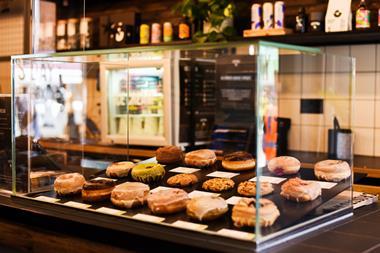
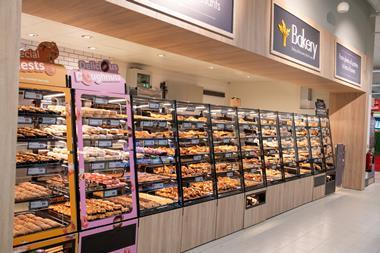

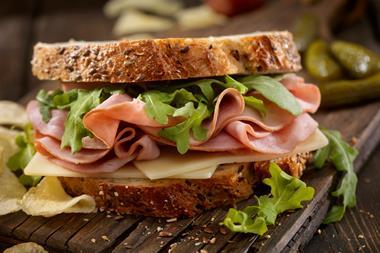
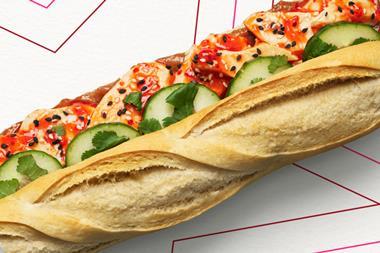


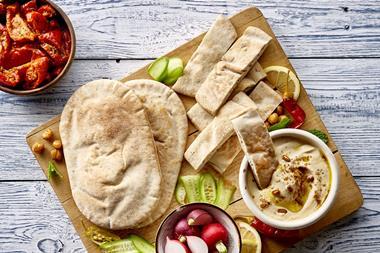
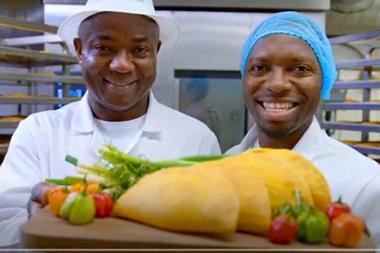

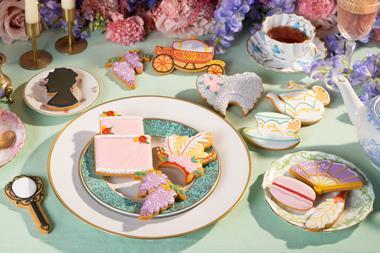
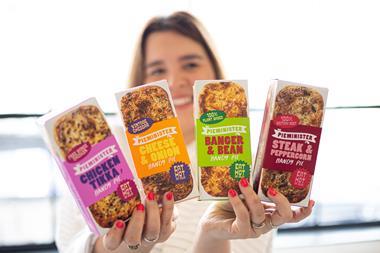

No comments yet